Labs & Equipment
The frontier research activities of the LEAPS project are carried out in state of the art laboratories within the Center for Light Activated Nanostructures (CLAN), a Joint Research Laboratory established between the University of Bologna and the Italian National Research Council (CNR). The laboratories are located in the CNR Bologna Research Area, within the premises of the Institute for Organic Synthesis and Photoreactivity (ISOF).
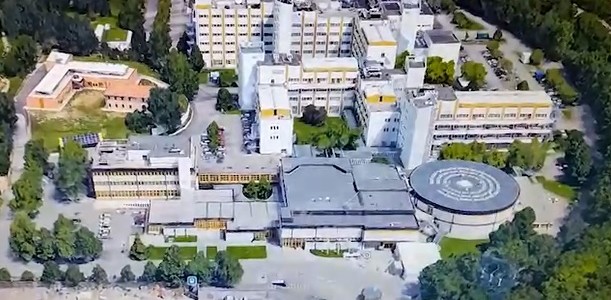
Established in 1996, the Bologna Research Area is one of the main settlements of CNR throughout Italy, and comprises several Institutes dealing with Chemistry, Physics, Materials Science, Nanoscience, Atmospheric research and Astrophysics. Besides the CNR Institutes, in the Navile area, the new University buildings that will host the Departments of Astronomy, Chemistry, Industrial Chemistry, and Pharmacy and Biotechnology are being constructed. In a few years this area will become a large CNR-University campus for research and education, making available a large range of facilities and competences to both scientists and students.
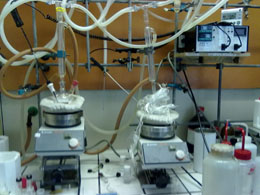
The LEAPS team can take advantage of the modern and functional structures and services available within the Center for Light Activated Nanostructures, the Departments of Agricultural and Food Sciences and the Department of Chemistry "G. Ciamician" of the University of Bologna, and the CNR Research Area. These include: state-of-the-art equipment and fume hoods for chemical synthesis in air and in modified atmosphere, under flow and microfluidic regimes, gas and vacuum lines, spin coating. Equipment for the characterization of organic and inorganic compounds, nanomaterials and surfaces: NMR spectrometers (400 and 500 MHz), HRMS, HPLC, FT-IR, UV-Visibile, DLS, HR-TEM, SEM, EDX, XPS, XRD/SAXS, AFM, STM.
The specific physico-chemical techniques ruled directly by the LEAPS staff are: UV-visible-NIR spectrophotometry and spectrofluorimetry for the measurement of samples in solution and in the solid state, time-resolved absorption and luminescence spectroscopy, with ps to s time resolution, steady state and time resolved luminescence anisotropy, spectropolarimetry, fluorescence microscopy with LED excitation. A brief presentation of some of these instruments is reported below.
Other equipment that the LEAPS team can use through collaborations includes: Raman and EPR spectrometers, ITC, DSC, TGA, DMA, rheometer, dynamometer, electrospinning apparatus, cryogenic TEM.
By way of the Interdepartment Library of Chemistry (part of the Bologna University Library System) and of the Library of the Bologna CNR Area (part of the CNR Library System), the LEAPS team can benefit from a wide range of electronic resources like catalogues, databases, books and journals.
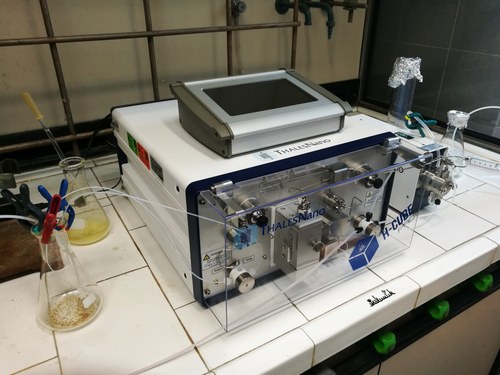
Hydrogenation Reactor: this instrument combines continuous-flow microchemistry with endogenous on-demand hydrogen generation and a disposable catalyst cartridge system.
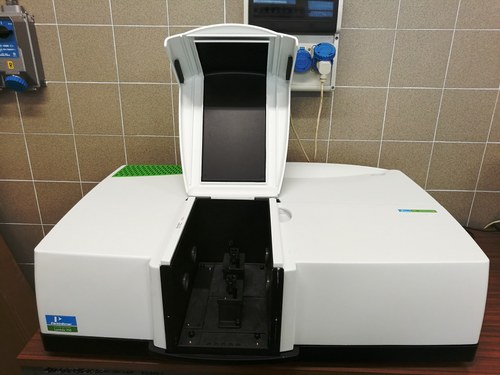
Spectrophotometer: instrument used to measure the intensity of wavelengths in a spectrum of light compared with the intensity of light from a standard source. It can record absorption and diffuse reflectance spectra of samples in the form of liquid solutions, solid powders or surface-deposited thin films. The operation range includes the ultraviolet (UV), visible and near infrared (NIR) regions of the electromagnetic spectrum.
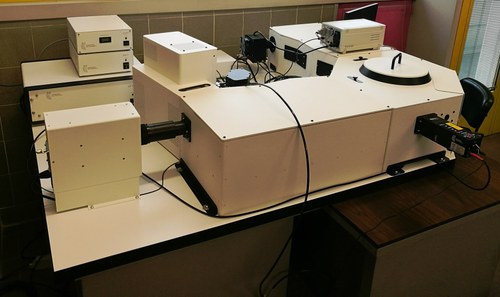
Luminescence spectrometer: instrument used to measure parameters of fluorescence and phosphorescence (intensity and wavelength distribution of emission spectrum after excitation by a certain spectrum of light). This device is capable of measuring both steady state and time-resolved photoluminescence spectroscopy from ultraviolet to near-infrared spectral range. The instrument can measure fluorescence lifetimes in the range from ca. 100 ps to microseconds, owing to its time-correlated single-photon counting (TCSPC) operation mode and pulsed excitation (provided by either arc lamp or LED/laser sources). It can also measure phosphorescence lifetimes (up to seconds) and phosphorescence spectra thanks to its multichannel analyser (MCA) module. The sample holder can be thermostated for temperature-dependent studies in the range -10°C / +100°C.
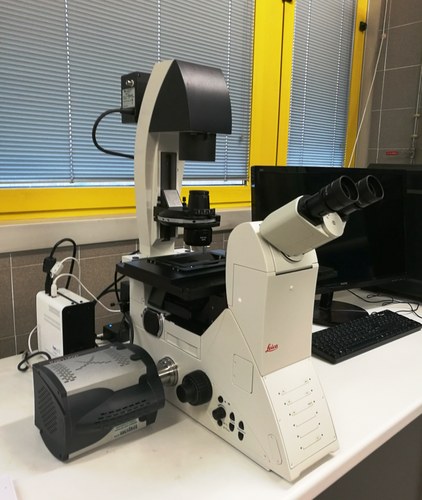
Fluorescence Microscope: an optical microscope that uses fluorescence and phosphorescence instead of, or in addition to, reflection and absorption to study properties of organic or inorganic substances. The microscope is equipped with a LED illumination lamp and a high sensitivity camera capable of detecting single photons.